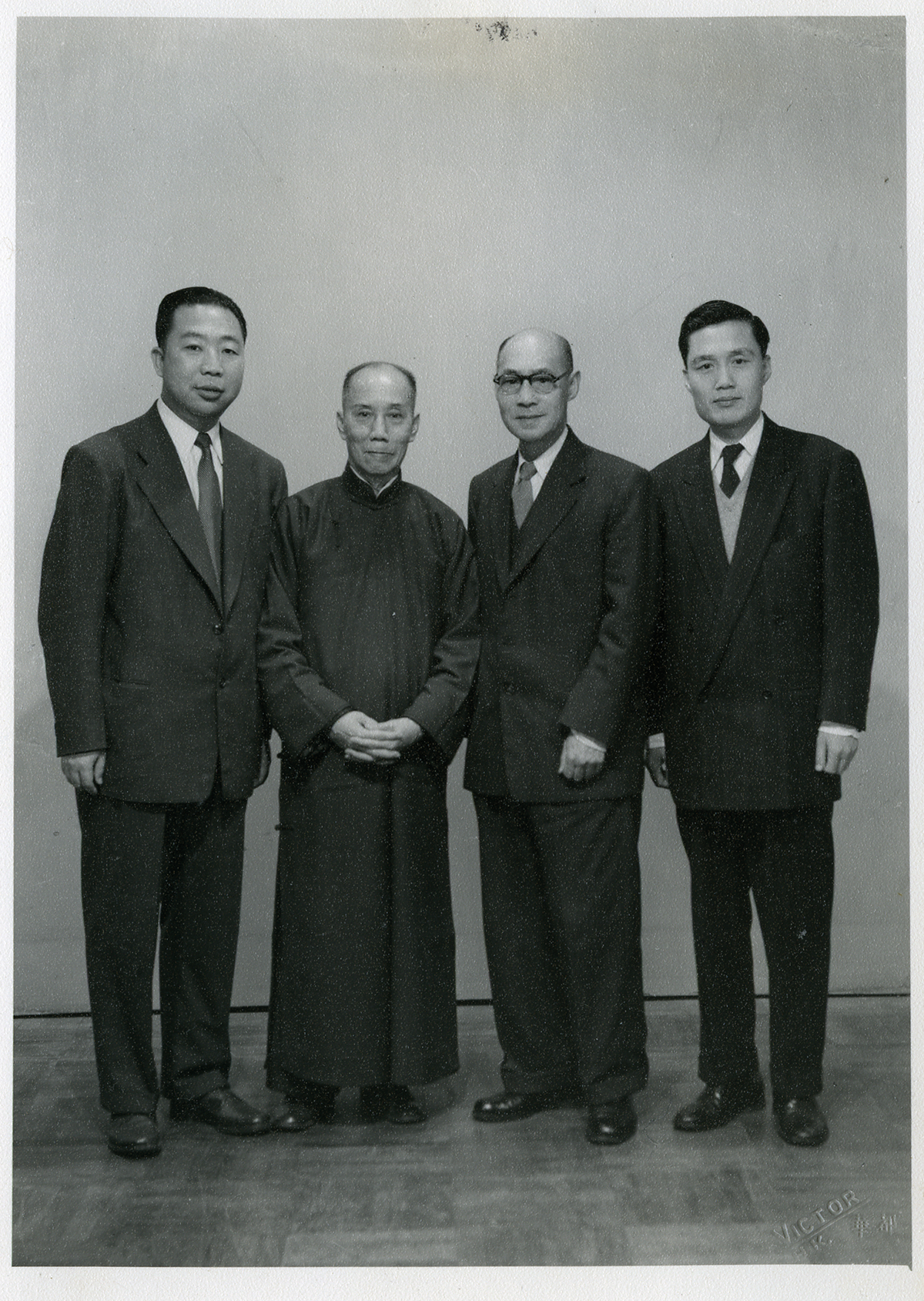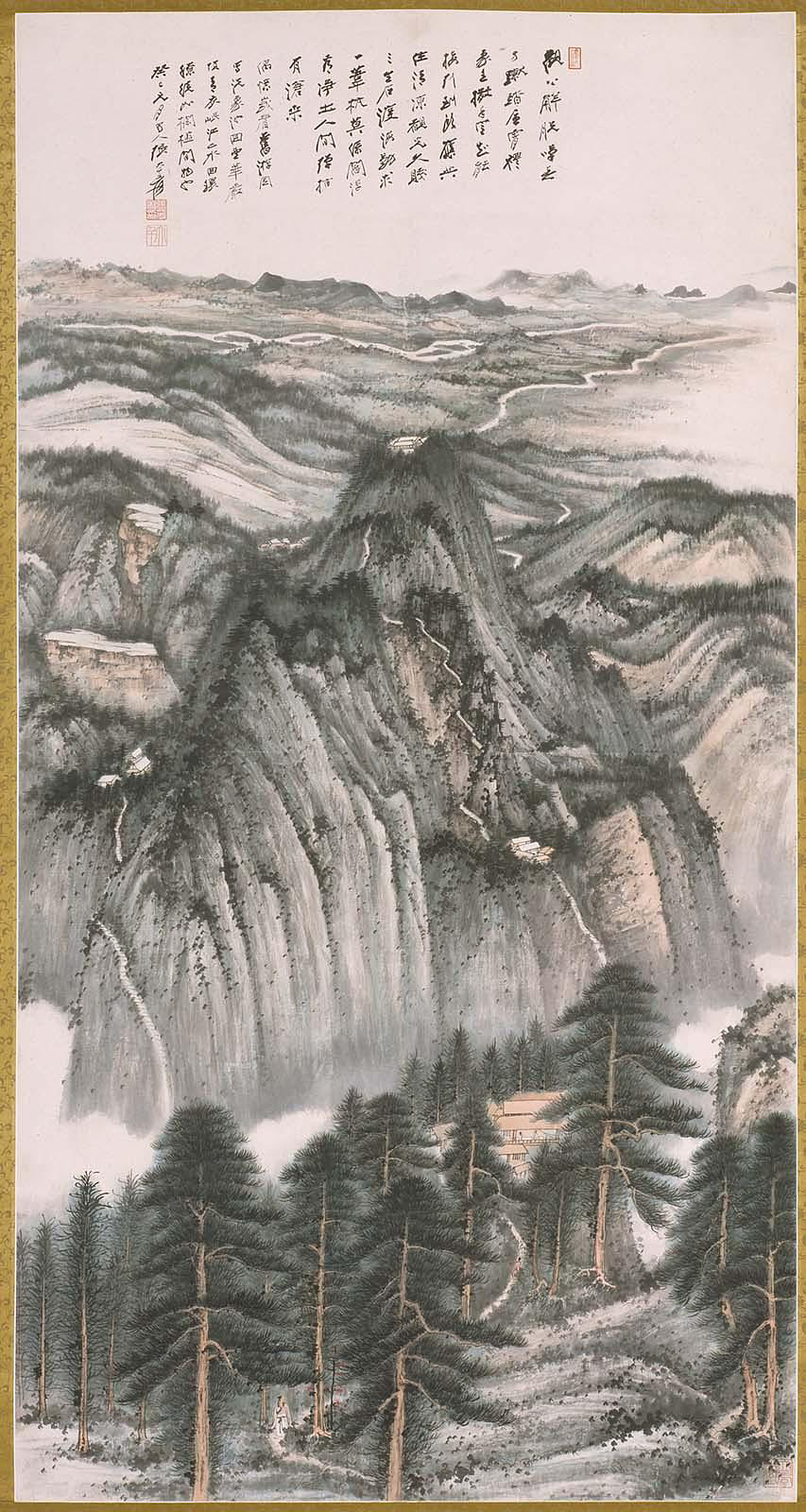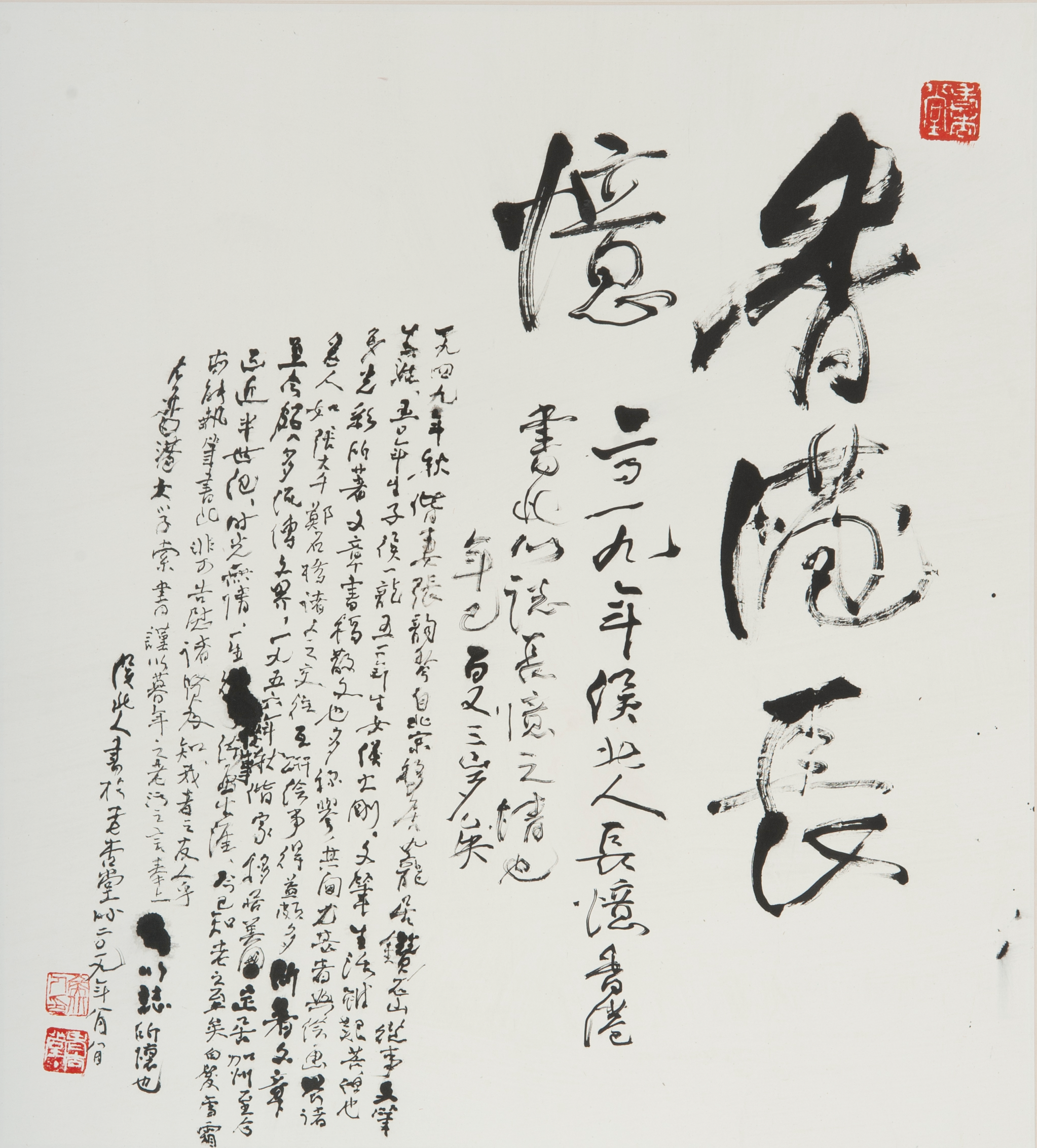3. Exile in Hong Kong
Movement across the China-Hong Kong border between 1945 and 1950 had been unrestricted in both directions.1 Many, but by no means all of the refugees crossing the border into the Colony were remnants of Jiang Jieshi’s (1887–1975) nationalist army.2
In the aftermath of the communist victory in 1949, and the founding of the People’s Republic of China (PRC) in October of that year, the influx of refugees arriving in the British Colony swelled enormously. Along with countless others, Hou Beiren and his wife joined the exodus to Hong Kong and Taiwan. Hou was also an author, and in 1954 he published a novel in Hong Kong entitled Homeland Springtime (Guguo de chuntian) under the pseudonym Duanmu Qing.3

Hou edited or contributed to several other publications dealing with art and culture during this period, later describing life in Hong Kong as extremely difficult, and that he had found it hard to make a living.4 In 1955, Hou Beiren also encountered, for the first, time the globetrotting and already internationally famous Zhang Daqian (1899–1983).5
In addition to their common artistic interests, both artists had fled China in 1949 and were additionally connected through their experiences in Japan, Zhang stands out in Hou Beiren’s life as the seminal point of artistic influence, and he was also the artistic figure most closely associated with Hou.
Artistic life in Hong Kong in the years prior to World War II had been dominated by Western painting, and this dominance within the galleries and museums continued in the years following the war. However, rapid modernisation in the 1950s, along with the founding of new art colleges and teaching courses, as well as greater exposure by artists to international art trends, led to a marked shift away from such primacy. This trend came to maturity in 1958 with the founding of the Modern Literature and Art Association (Xindai wenxue meishu xie hui) by local artists, including Liu Guosong (b. 1932–), Lu Shoukun (1919–75) and Wucius Wong (b. 1936–), followed by the First Hong Kong International Salon of Paintings held in April 1960 and the Second Hong Kong International Salon in 1962.6
Notes
-
Tsang 2004: 181. ↩︎
-
Roberts 2016: 38. ↩︎
-
端木靑. 故國的春天. 港1 版 ed. 九成文藝叢書; 2. 香港: 九成書店, 民國43, 1954. The use of a minguo date in 1950s Hong Kong is of course unambiguously nationalist. Nothing is recorded of Hou Beiren’s links with or role within the Guomindang while he was in Hong Kong. For an excellent overview of the internal politics of the Colony regarding both the CCP and Guomindang, and the wider geopolitics of the Cold War during this period, see Tsang 1997: 294–317. ↩︎
-
These are listed as: 社會學史綱 Shehui xueshi gang (A Survey of Sociology); and a collection of writings entitled 畫與家 Hua yu Jia (Painting and Artists), again published under the pseudonym of Duanmu Qing: 端木靑. 畫與家.香港: 高原出版社, 1958. See also Hou Beiren Meishuguan 2014, vol. 2: 234. A newspaper clipping from the early 1960s describes Hou as having been an editor for the Freedom Press, and/or a journal entitled Free Front while in Hong Kong. See Hou Beiren Meishuguan 2017: 158; Johnson 2016: 9. On making a living in Hong Kong, see Yu 1986: 60. ↩︎
-
Fu and Stuart 1991: 25. ↩︎
-
Man 2011: 334. See also the entries at the Asia Art Archive and especially under the Asia Art Archive’s Hong Kong Art History Research Project. Accessed 16 April 2019. ↩︎

